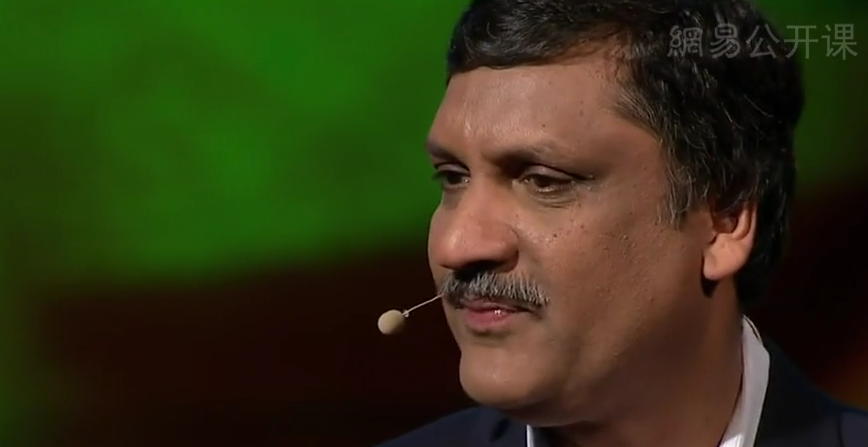Learners are telling us that they go to bed at night dreaming of the green check mark.
學習者告訴我們,他們晚上上床睡覺都做著綠色對號的夢。
In fact, one of our learners who took the circuits course early last year,
事實上,有一名學習者去年年初學習了那門電路課程,
he then went on to take a software course from Berkeley at the end of the year,
接著,他就在同年年底又修了一門伯克利大學的軟件課程,
and this is what the learner had to say on our discussion board when he just started that course about the green check mark:
這位學習者在討論板上提到,他剛剛開始學那門關于綠色的復選標記課的時候有這樣一個想法:
"Oh god; have I missed you." When's the last time you've seen students posting comments like this about homework?
“天啊,我是那么的想念你。”你最后一次見到學生對家庭作業發表如此評論是什么時候?
My colleague Ed Bertschinger, who heads up the physics department at MIT, has this to say about instant feedback:
我的同事EdBertschinger在擔任麻省理工學院物理系的主任時曾對即時反饋有這樣的說法:
He indicated that instant feedback turns teaching moments into learning outcomes.
他表示,即時反饋使教學時刻即時體現出學習成果。
The next big idea is gamification. You know, all learners engage really well with interactive videos and so on.
另一個偉大的理念是游戲化模式。所有學習者都能很好的利用互動式教學視頻等等。

You know, they would sit down and shoot alien spaceships all day long until they get it.
他們會整天坐在那拍攝外星人的宇宙飛船,直到他們拍攝到。
So we applied these gamification techniques to learning, and we can build these online laboratories.
所以我們可以將這些游戲化的技術應用到學習中,我們可以建立在線實驗室。
How do you teach creativity? How do you teach design?
你如何教會學生發揮創造力?你如何教學生學習設計?
We can do this through online labs and use computing power to build these online labs.
我們可以通過在線實驗室來實現使用計算機建立這些在線實驗室。
So as this little video shows here, you can engage students much like they design with Legos.
就像這個小小的視頻所顯示的一樣,您可以吸引學生的注意力就像他們用樂高進行設計。
So here, the learners are building a circuit with Lego-like ease. And this can also be graded by the computer.
在這兒,學習者正在構建一個電路,像玩樂高一樣輕松。這也可以由計算機來打分。
Fifth is peer learning. So here, we use discussion forums and discussions and Facebook-like interaction
第五點是同伴學習。所以,我們使用論壇討論,還有類似臉書的互動,
not as a distraction, but to really help students learn.
不為消遣,而是真正有助于學生學習。











